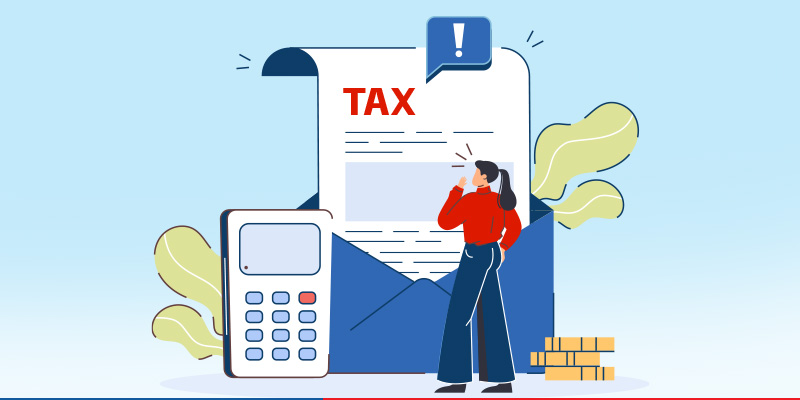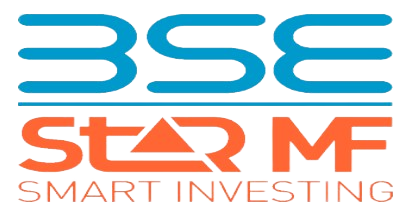How to efficiently invest in tax-saving instruments in India?

“In this world, nothing can be said to be certain except death and taxes.” – Benjamin FranklinWhile you cannot plan for your death, you can certainly plan for reducing your tax liabilities. If you are earning more than Rs. 5 lakh, you are liable to pay taxes in India as per the Income Tax Act 1961. It makes tax planning imperative. Tax planning helps you invest money in a fashion that helps you save taxes. In this article, we will talk about such tax-saving instruments and the benefits they provide.




